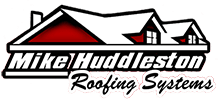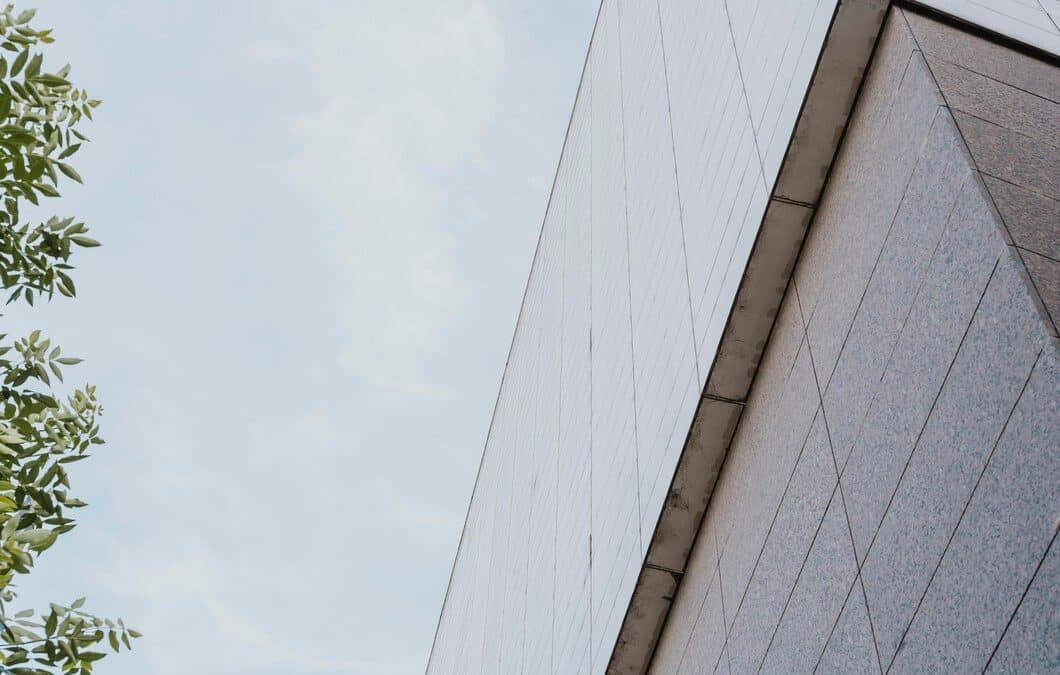Commercial roofing projects come with a unique set of challenges that can affect the durability and performance of the roof. These challenges, if not addressed promptly, can lead to significant issues such as leaks, structural damage, and high repair costs. Understanding these challenges and knowing how to overcome them is crucial for maintaining a strong and reliable roofing system.
One of the most prevalent issues is dealing with roof leaks. Leaks can cause water damage, disrupt business operations, and lead to costly repairs. Identifying and fixing leaks promptly ensures the longevity of the roof and protects the building’s interior.
Poor installation quality also poses a significant challenge. A roof that isn’t installed correctly can fail prematurely, leading to additional expenses and safety hazards. Ensuring proper installation from the start is essential for a long-lasting roof.
Roof wear and tear is another common issue. Over time, roofing materials can degrade due to weather conditions and regular use. Managing this wear and tear helps extend the roof’s life and prevent unexpected problems.
Lastly, dealing with water ponding and drainage issues is crucial for commercial roofs. Standing water can weaken the roof structure and lead to leaks. Proper drainage solutions help maintain the roof’s integrity and prevent damage.
By understanding these common commercial roofing challenges, you can take proactive steps to address them. This article will provide practical solutions for each issue, helping you maintain a strong and durable roofing system for your business.
Dealing with Roof Leaks
Roof leaks are a common issue in commercial buildings, and they can cause significant damage if not addressed promptly. Water can seep into the building, damaging ceilings, walls, and valuable equipment. Finding the source of a leak is the first step in fixing it. Common leak sources include damaged shingles, loose flashing, and clogged gutters.
One practical way to identify leaks is to conduct regular roof inspections. By walking the roof and checking for cracks, holes, and other signs of damage, we can spot potential problems early. If we see any signs of water damage inside the building, such as stains on the ceiling or walls, it’s crucial to trace them back to their source on the roof.
Fixing the leak involves repairing or replacing the damaged areas. For small cracks or holes, a sealant might be enough to stop the water intrusion. For more significant damage, replacing damaged shingles or tiles may be necessary. Ensuring that gutters are clean and draining properly can also help prevent future leaks.
By addressing roof leaks quickly and effectively, we can avoid costly repairs and maintain the integrity of the building. Regular inspections and prompt repairs are key to keeping the roof in good condition and preventing water damage.
Addressing Poor Installation Quality
Poor installation quality can lead to a variety of roofing problems over time. A roof that isn’t installed correctly may not provide adequate protection against the elements, resulting in leaks, structural damage, and a shorter lifespan. Identifying and addressing poor installation practices helps ensure the roof’s durability and performance.
One way to address poor installation is to hire experienced and reputable roofing professionals. A skilled team will follow best practices and use quality materials, ensuring the roof is installed correctly. Checking references and reviews can help us choose a reliable contractor.
Another important step is to have a thorough inspection after the installation. A professional inspector can identify any issues related to poor workmanship, such as improperly sealed seams, misaligned shingles, or inadequate flashing. Addressing these issues early can prevent bigger problems down the road.
In some cases, it may be necessary to take corrective actions if poor installation practices are discovered. This might involve redoing certain sections of the roof or implementing additional measures to reinforce the structure. For example, if flashing around a chimney or vent is poorly installed, replacing or resealing it can prevent water from seeping in.
Ensuring proper installation quality from the start and addressing any issues that arise can significantly extend the life of the roof. By taking these steps, we can protect the building from unnecessary damage and reduce maintenance costs.
Managing Roof Wear and Tear
Roof wear and tear is inevitable for any commercial building. Weather conditions like sun, rain, wind, and snow gradually break down roofing materials. To manage this wear and tear, we need to take proactive steps. Regular maintenance plays a key role in extending the roof’s lifespan and avoiding costly repairs.
One effective strategy is performing routine inspections. By checking the roof for signs of wear, such as cracks, blisters, or missing shingles, we can identify problems early. Addressing these issues promptly prevents them from becoming bigger problems. Simple fixes, like replacing damaged shingles or sealing cracks, can go a long way in preserving the roof’s condition.
Another important aspect is cleaning the roof regularly. Debris like leaves, dirt, and branches can accumulate and trap moisture. This moisture can weaken the roof material over time. By clearing off debris, we help prevent water damage and prolong the roof’s life. Ensuring the gutters and downspouts are clean and functional is also crucial for proper drainage.
In some cases, applying protective coatings can be beneficial. These coatings add an extra layer of protection against UV rays and moisture. They help reflect sunlight and reduce heat absorption, which can lower cooling costs and prevent material degradation.
In summary, managing roof wear and tear requires regular inspections, timely repairs, and proper cleaning. By taking these actions, we can extend the roof’s lifespan and reduce the need for major repairs, saving time and money in the long run.
Preventing Water Ponding and Drainage Issues
Water ponding is a common problem for flat commercial roofs. Standing water can lead to leaks, structural damage, and the growth of mold. To prevent water ponding and ensure proper drainage, we need to implement effective solutions.
First, ensuring the roof has a proper slope is essential. Even flat roofs should have a slight slope to direct water towards drains. If the roof’s slope is inadequate, we might need to add tapered insulation or re-slope the surface to promote drainage.
Next, installing and maintaining an effective drainage system is crucial. Drains, scuppers, and gutters must be clear of debris to function correctly. Regularly checking and cleaning these drainage components helps prevent blockages that can cause water to pool on the roof. Installing additional drains or enlarging existing ones can also improve water flow.
Regularly inspecting the roof for low spots where water might collect is another important step. If we find any, we should address these issues immediately by leveling the area or adding extra drainage paths. Prompt action ensures water doesn’t have the chance to damage the roof material.
Lastly, using high-quality waterproofing materials can help prevent water ponding issues. Properly sealing seams and penetrations, such as vents and HVAC units, keeps water out of vulnerable areas. Regular maintenance of these seals extends their effectiveness, reducing the risk of leaks.
Preventing water ponding and maintaining proper drainage are key to preserving the roof’s integrity. By ensuring a good slope, maintaining drainage systems, addressing low spots, and using quality waterproofing materials, we can keep our commercial roofs in excellent condition.
Final Thoughts
Maintaining a commercial roof involves understanding and addressing common challenges effectively. By dealing with issues like roof leaks, poor installation quality, wear and tear, and water ponding, we can ensure the longevity and durability of our roofing systems. These steps not only prevent costly repairs but also protect the building and its occupants.
Proactive measures, regular maintenance, and prompt attention to problems are essential. By staying vigilant and addressing roofing issues early, we can avoid bigger problems and extend the roof’s lifespan. Keeping the roof in top condition is vital for the overall success of any commercial building.
At Mike Huddleston Roofing Systems, we specialize in providing professional roofing services that help you overcome these challenges. Contact us today to ensure your commercial roof remains strong and reliable. Let our expertise work for you.

